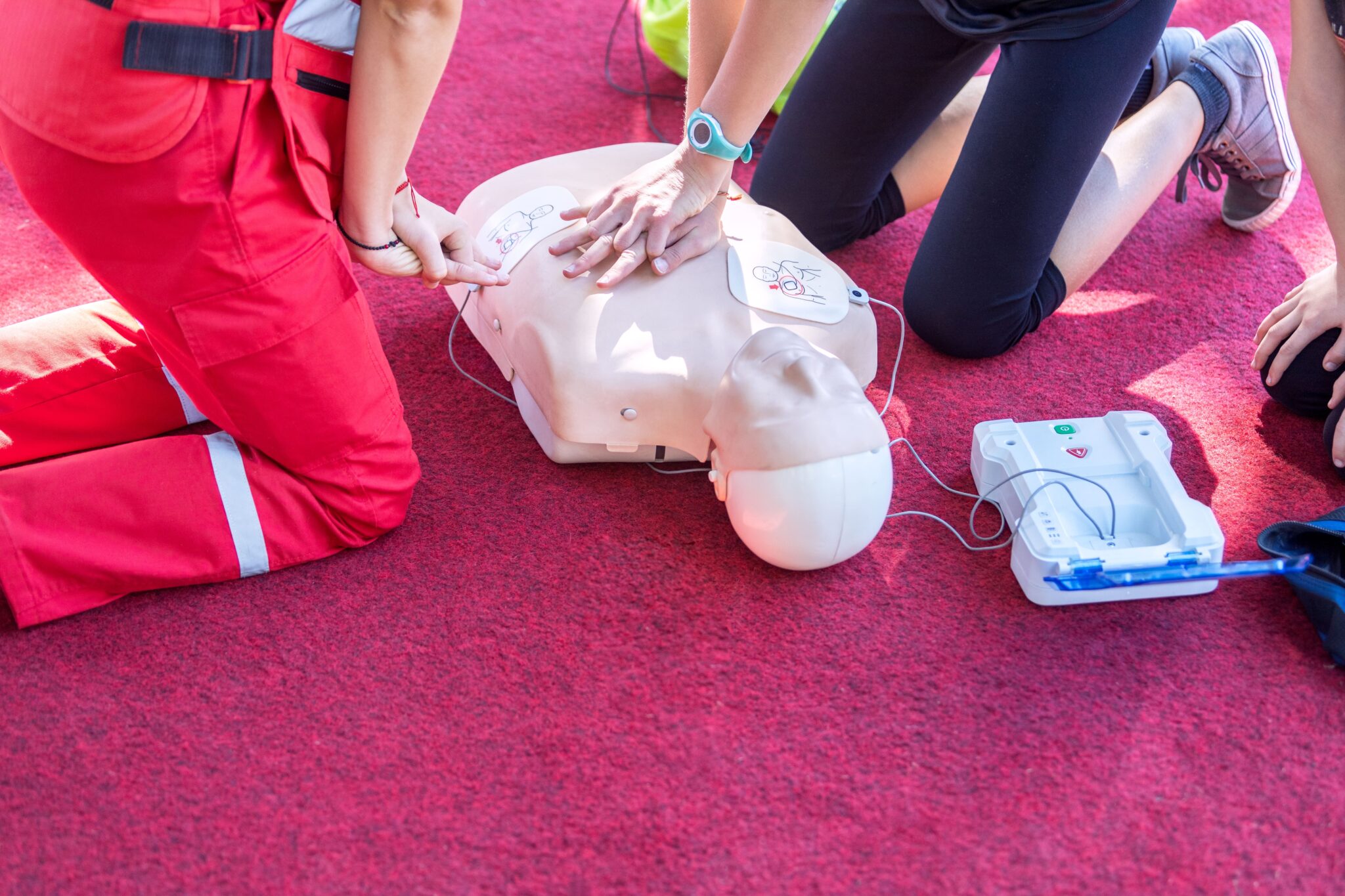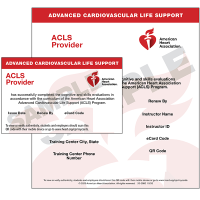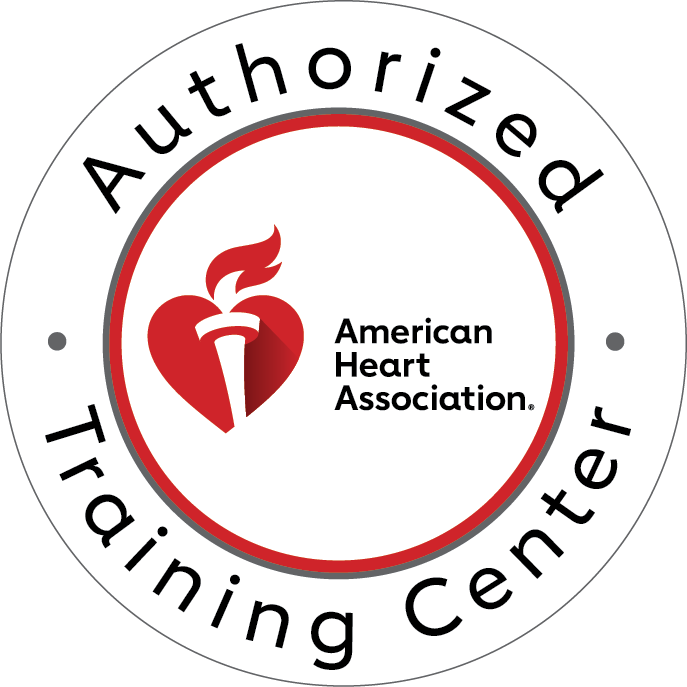
Price: Lowest prices in Folsom. Guaranteed.
Convenience: 60+ CPR testing sites. Classes offered daily.
Trust: Founded 1989. AHA Training Center
Folsom, nestled in Sacramento County, is a vibrant city known for its strong sense of community, scenic beauty, and dynamic lifestyle, making it an ideal place to learn Basic Life Support (BLS). With its bustling neighborhoods, thriving local businesses, and dedication to safety, Folsom fosters an environment where life-saving skills like BLS truly matter. Whether you’re preparing to assist neighbors, family members, or coworkers, learning BLS in this supportive and connected community empowers you to make a meaningful difference in times of emergency.

American Heart Association Classes Near Me

Basic Life Support
Online Course: 1-2 hours
Skills Testing: 30 minutes
100% Pass Rate Guaranteed
Lowest Prices In California
Receive Card On Class Day
Thousands of 5 Star Reviews
CE Credits to CA Dentists

Advanced Cardiac Life Support
Online Course: 2-3 hours
Skills Testing: 30 minutes
100% Pass Rate Guaranteed
Lowest Prices In California
Receive Card On Class Day
Thousands of 5 Star Reviews
Some Professions: 2-3 CEU

Pediatric Advanced Life Support
Online Course: 2-3 hours
Skills Testing: 30 minutes
100% Pass Rate Guaranteed
Lowest Prices In California
Receive Card On Class Day
Thousands of 5 Star Reviews
Some Professions: 3.75-5 CEU

Neonatal Resuscitation Program
Online Course: 2-3 hours
Skills Testing: 3 hours
100% Pass Rate Guaranteed
Lowest Prices In California
Receive Card On Class Day
Thousands of 5 Star Reviews
Some Professions: 4 CEU

Audience: General public
Topics: CPR for all age groups, AED use, bleeding, epi-pen, etc
Online Session: 1 Hour
Skills Testing: 30 minutes
Card: Safety Training Seminars
Certification: Valid 2 years

Audience: General public
Topics: CPR for all age groups, AED use, bleeding, epi-pen, etc
AHA Online Course: 1-2 Hours
Skills Testing: 30-45 minutes
Card: American Heart Association
Certification: Valid 2 years

Audience: CA childcare providers
Topics: CPR for all age groups, AED use, bleeding, epi-pen, etc
AHA Online Course: 1-2 Hours
Skills Testing: 30-45 minutes
Card: American Heart Association
Certification: Valid 2 years

Audience: Childcare providers
Topics: Lead poisoning, nutrition, infectious disease,etc
Zoom Course: 8 Hrs (state law)
Skills Testing: 30-45 minutes
Card: EMSA Health & Safety
Certification: No expiration

13405 Folsom Blvd, Suite 507B
Folsom, CA 95630
(279) 356-0114
Opening Hours:
Monday: 8 am – 10 pm
Tuesday: 8 am – 10 pm
Wednesday: 8 am – 10 pm
Thursday: 8 am – 10 pm
Friday: 8 am – 10 pm
Saturday: 8 am – 10 pm
Sunday: 8 am – 10 pm

Absolutely. CPR and First Aid courses are designed for everyone, not just healthcare workers. The instructors in Folsom break down the steps clearly, offering real-life scenarios and hands-on practice so even first-timers walk away confident and ready to act.
Experience and accreditation. They’ve been around for over 30 years, their instructors are certified through the American Heart Association, and their Folsom location is equipped with modern manikins and training gear. They also offer flexible scheduling, including evenings and weekends.
If you’ve completed your American Heart Association training at our Folsom location, we’d love to hear about your experience! Leaving a review on Google, Yelp, or Facebook not only shares your feedback but also helps fellow Folsom residents discover our services.
As a women-owned small business rooted in the community, your positive reviews make a huge difference. They help other locals, like nurses, teachers, and parents, find essential life-saving training right here in Folsom. Your input also allows us to improve and continue serving our neighbors with high-quality, accessible training programs.
Thank you for supporting us with your honest review and helping us spread the word about these vital skills. We’re proud to be part of the Folsom community, and your recommendations ensure we can keep making a difference, together!
Safety Training Seminars offers comprehensive BLS, CPR, and First-aid classes right here in Folsom, designed to equip you with essential life-saving skills. Whether you’re a healthcare professional, educator, or simply a concerned parent, these classes provide practical, hands-on training led by certified instructors. With programs following the latest American Heart Association guidelines, you’ll gain the knowledge and confidence needed to act quickly during emergencies.
Choosing our Folsom location means supporting a women-owned small business that’s deeply invested in the community. Our training programs are crafted to meet the needs of Folsom residents and professionals, ensuring accessibility and relevance for everyone. From mastering CPR techniques to understanding basic first-aid protocols, every session empowers participants to make a lasting impact during critical situations.
By enrolling in a class, you’re not only gaining valuable skills but also contributing to a safer community. The ripple effect of well-trained individuals enhances preparedness and can save lives across Folsom. Join us today to take part in fostering a healthier, more secure environment for everyone.
Folsom, CA, is served by outstanding healthcare facilities and benefits from nearby medical education centers. Mercy Hospital of Folsom provides a range of services, including emergency care, maternity services, and advanced surgical procedures, making it a trusted resource for local residents. Nearby, UC Davis Health in Sacramento offers access to the UC Davis Medical Center, renowned for its cutting-edge treatments and specialized care. The UC Davis School of Medicine, also in Sacramento, contributes to the region with leading medical research and the education of future healthcare professionals. Together, these institutions ensure Folsom residents receive quality care and innovative solutions.